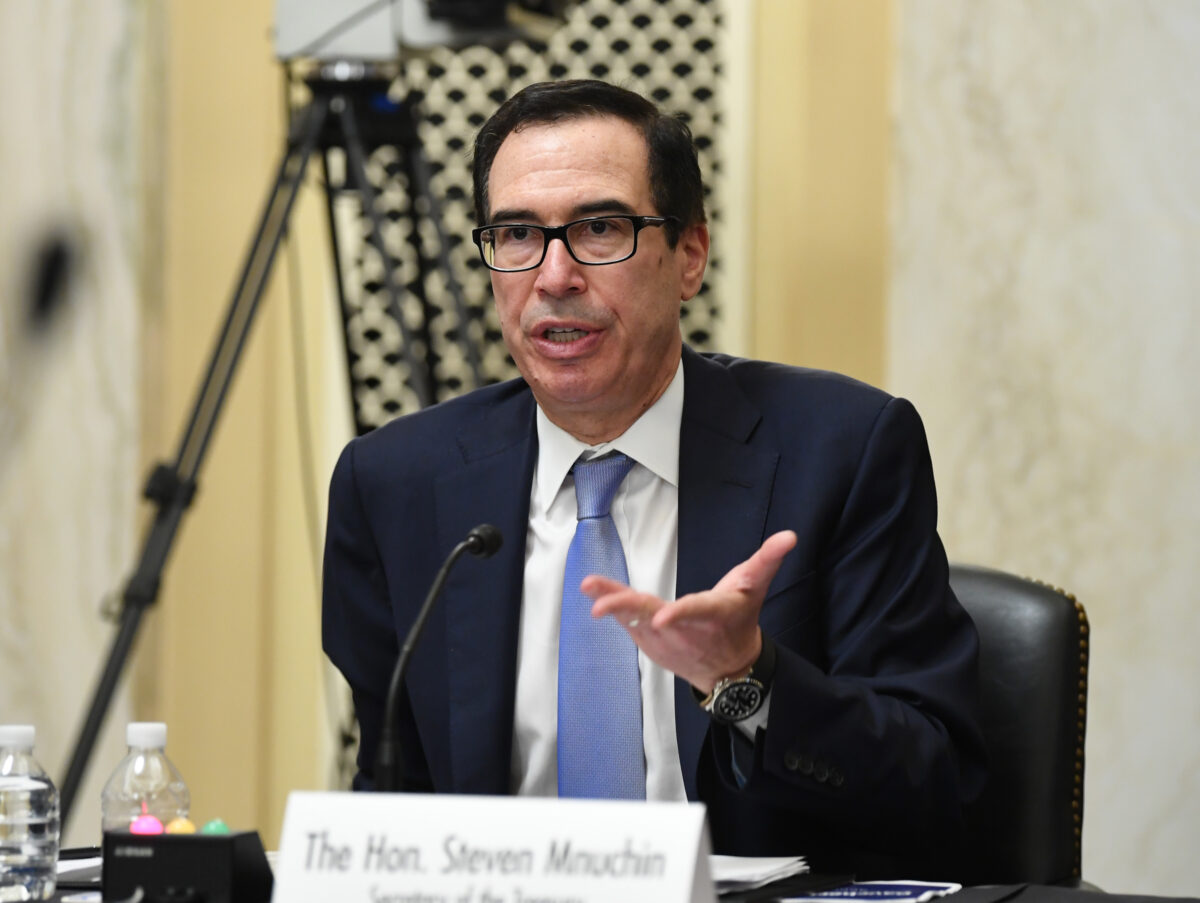
The CARES Act and Economic Recovery
Commentary The ink has hardly dried on the CARES Act, and already there are calls for new rounds of..
Commentary
The ink has hardly dried on the CARES Act, and already there are calls for new rounds of fiscal stimulus.
These calls have bogged down with both sides of Congress blaming each other for the impasse. The debate now seems focused not on whether additional fiscal support is needed but rather on the amount. Should that package be $1 trillion, $2 trillion, or even $3 trillion?
Those in Congress at the lower end of that spectrum have been roundly attacked for not being sensitive to people, families, and especially state and local governments that have been the hardest hit by the coronavirus pandemic. Its as if the Trump administration and Republican members of Congress have been at the sidelines doing nothing and mimicking the Hooverian view that “prosperity is around the corner.”
In fact, passage of the CARES Act represents a bipartisan fiscal measure of three separate aid packages funded to the tune of more than $2 trillion. Even more significant than the record-breaking dollar amount of support was the rapidity with which it was enacted.
According to the National Bureau of Economic Research, the COVID-19 recession began in the first quarter of this year. Less than two quarters later, federal debt, a proxy for the degree of fiscal stimulus, increased by more than $2 trillion. In sharp contrast to the timely passage of the CARES Act, it took the federal government more than two years during the Great Recession of 2007–09 to reach a similar level of support.
As in the case of a dithering Congress during the Great Recession, the Federal Reserve Board (Fed) stood on the sidelines. It took almost a year before the Fed aggressively flooded the economy with liquidity. Unlike the sharp increase in Fed assets during the early stages of the COVID-19 recession, Fed assets didnt grow for nearly a year.
The degree of coordination that has taken place this time around between the fiscal and monetary policy arms has been unprecedented. As the fiscal response led to a rapid increase in the federal deficit of more than $2 trillion, Federal Reserve assets grew by a similar amount.
This close coordination was critically important in ensuring that the CARES Act would fully support an economic recovery. By sopping up the rapidly increasing supply of U.S. government bonds issued to support the higher spending deficit, the Federal Reserves expanded holdings of government debt did not crowd out private sector spending.
As a result of the magnitude and timeliness of the coordinated fiscal and monetary responses, the devastating downturn caused by the COVID-19 economic shutdown has effectively been muted. The Blue Chip consensus forecast of real GDP growth of roughly 20 percent (SAAR) in the third quarter this year is in line with the Chapman University forecast of 19.2 percent that we issued last June.
This V-shaped recovery is in sharp contrast to the Great Recession that dragged on for almost two years, a period in which no effective fiscal and monetary stimulus occurred.
On the jobs front, employment increased during the last threeRead More – Source

